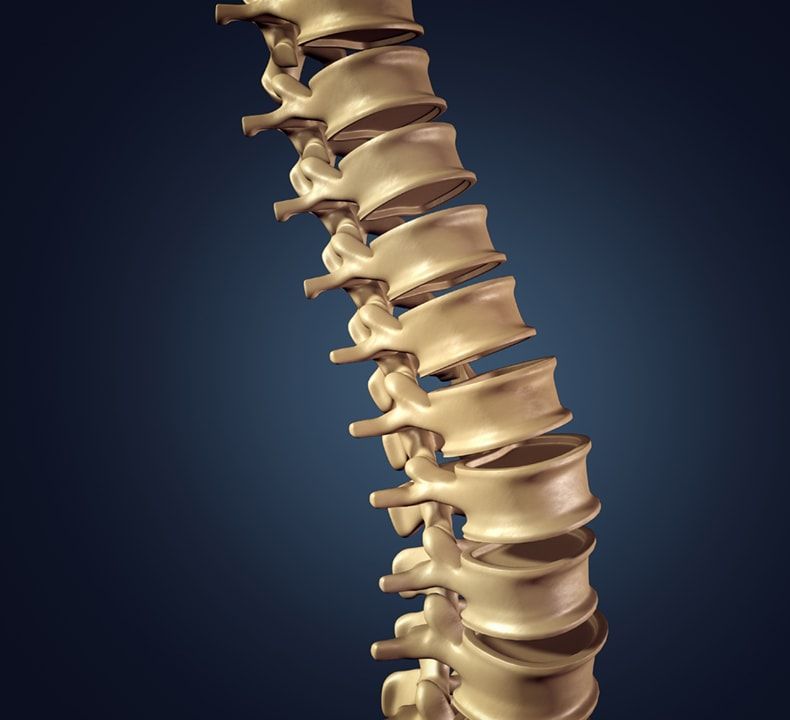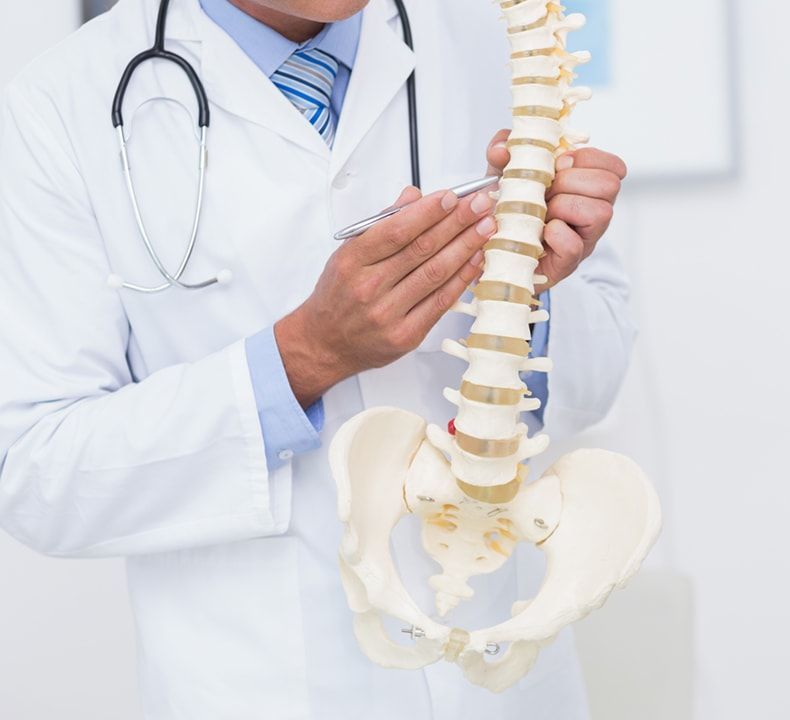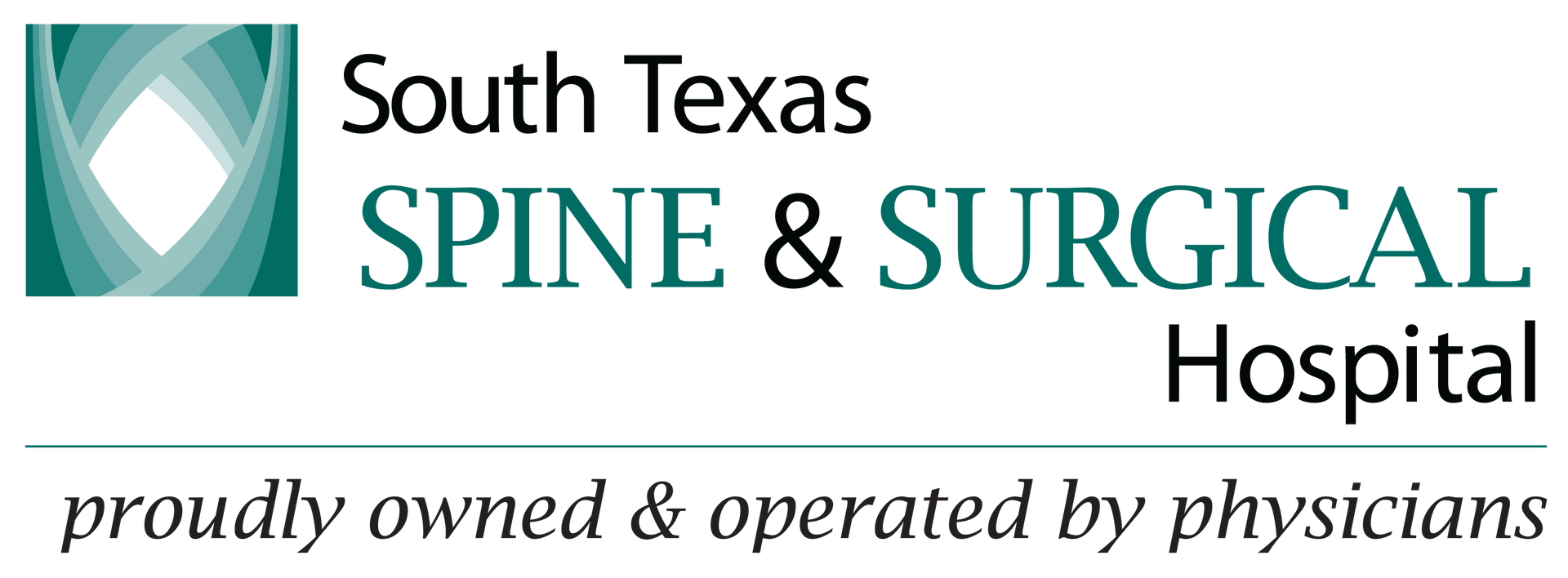ACDF
ANTERIOR CERVICAL DISCECTOMY FUSION
The area of the spine in your neck is called the cervical spine. It is made up of seven bones, called vertebrae. These vertebrae are connected by several joints, which allow you to bend, twist, and move your neck. The main joint between two vertebrae is called a disc. The disc is comprised of two parts, a tough and fibrous outer layer (annulus fibrosis), and a soft, gelatinous center (nucleus pulposus). These two parts work in conjunction to allow the spine to bend, twist, and also provide shock absorption.
What is causing my pain?
There are several primary causes of cervical spine problems. The majority of the symptoms are caused by disc, bone, or ligaments pressing onto the nerve roots or cord.
What are my treatment options?
Many of the symptoms can be treated without surgery with methods that involve rest, heat, medication, and physical therapy. It is important that you speak to your physician about the best options for you.
If your symptoms do not improve with other methods, your physician may suggest spinal surgery. Surgery is reserved for those who do not gain relief from non-operative forms of treatment, patients whose symptoms are increasing or worsening, and/or patients that present with a spinal condition which indicates the need for surgery.
What is an Anterior Cervical Discectomy Fusion procedure?
An Anterior Cervical Discectomy and Fusion (Anterior Cervical Discectomy Fusion) procedure is a type of cervical spine surgery from the front (anterior) of the neck (cervical) that often successfully addresses spinal symptoms. ACDF surgery is a very common procedure relative to overall spine surgeries and has a long and studied record of positive outcomes. An ACDF surgery consists of removing the damaged disc and then growing bone between the vertebrae above and below. ACDF procedures may be performed with the use of an implant, such as a plate, to provide support until fusion occurs.
Anterior approaches, such as in ACDF, involve less muscle stripping from the spine and allow good access to the discs at the front of the spine compared to a posterior approach. It provides the physician with a clear and uncomplicated approach to the cervical spine, and patients tend to have less incisional pain from this approach.
Is an Anterior Cervical Discectomy Fusion right for me?
In the cervical spine, surgery is often performed via an anterior approach to address a multitude of issues, including degenerative disorders, fractures, or tumors. Your physician may determine that an ACDF procedure is a good option for you if you require an interbody fusion, are skeletally mature, and have gone through six weeks of non-surgical treatment.
Conversely, your physician may determine that an ACDF procedure is not a good option for you if you are not a good candidate for fusion surgery in general due to other medical conditions. These conditions can be signs of inflammation or infection near the operative site, patient sensitivity to implant materials, patients with inadequate bone quality, and other indications.
What can I expect...? Before surgery
Your physician will review your condition and explain all of your treatment options, including medications, physical therapy, and other surgeries such as removal of the
diseased disc, fusion, etc. Once you have been admitted to the hospital, you will be taken to a pre-op room and prepared for surgery. This may include instruction about the surgery, cleansing of your surgical site, as well as instruction about the postoperative period.
What happens during surgery?
SURGICAL PROCEDURE
Step 1. Approach
Traditionally, a small incision is created over the treatment area. The size of the incision can vary based on number of levels and or complexity of the case.
Step 2. Disc Removal
The diseased or damaged disc is removed to reduce pressure from the symptomatic cord or nerve root.
Step 3. Insert Implant
An implant is inserted into the void left once the disc is removed. This implant acts as a mechanical support for the vertebrae while bone grows between vertebral bodies during the fusion (bone healing) process. That segment of your spine will stabilize once fusion occurs.
Step 4. Insert Fixation
Your surgeon may choose to add additional fixation depending on the type of implant used. A small plate and screws are then placed over the disc space to act as a stabilization device (internal brace) to help hold everything in place while fusion occurs.
What can I expect...?
After surgery

After surgery you will wake up in the recovery room, where your vital signs will be monitored and your immediate postoperative condition will be carefully observed. Most patients stay in the recovery room between one and three hours after surgery. Once the medical staff feels that you are doing well, you will be returned to your room in the hospital. It is normal for your incision to be sore immediately after surgery. The nursing staff will be checking to make sure that your vital signs are stable and that there is no problem with either the wound or nerve function in your extremities.
Most ACDF patients are discharged from the hospital the day after surgery, but your physician will determine the best postoperative course for you, depending on your comfort and any other health problems you may have. Your physician will discuss with you any pain medications to take home, as well as wound care instructions, exercises, physical therapy, collar wear, and any activity restrictions, if applicable.
Are there risks involved?
All surgery presents risks and complications that are important to discuss with your physician prior to your surgery. Listening to your physician’s guidance both before and after surgery will help to ensure the best possible outcome from your procedure.
Risks associated with anterior cervical surgery of the spine include: cervical edema (swelling), dysphagia (difficulty swallowing); dysphonia (hoarseness); vocal cord paralysis; laryngeal palsy; sore throat; recurring aspirations; nerve deficits or damage; tracheal, esophageal, and pharyngeal perforation; airway obstruction; deficit or damage to the spinal cord, nerve roots, or nerves possibly resulting in paralysis or dural tears or leaking; cerebrospinal fistula; discitis, arachnoiditis, and/or other types of inflammation; loss of disc height; loss of proper curvature, correction, height, or reduction of the spine; vertebral slipping; scarring, herniation, or degeneration of adjacent discs; surrounding soft tissue damage, spinal stenosis, myelopathic, or radicular symptoms; spondyloysis; otitis media; fistula; vascular damage and/or rupture; and headache. Please contact your physician to discuss all potential risks







